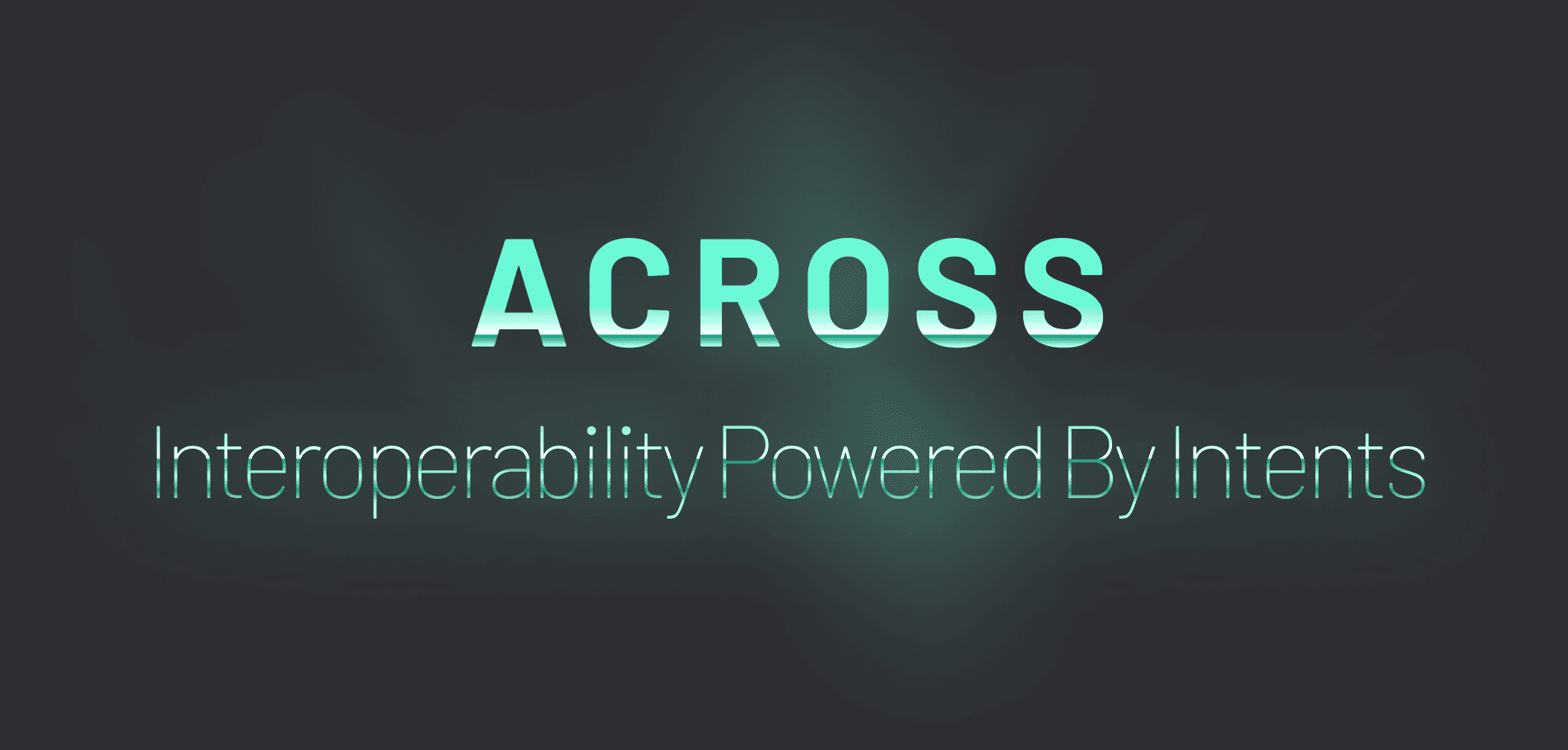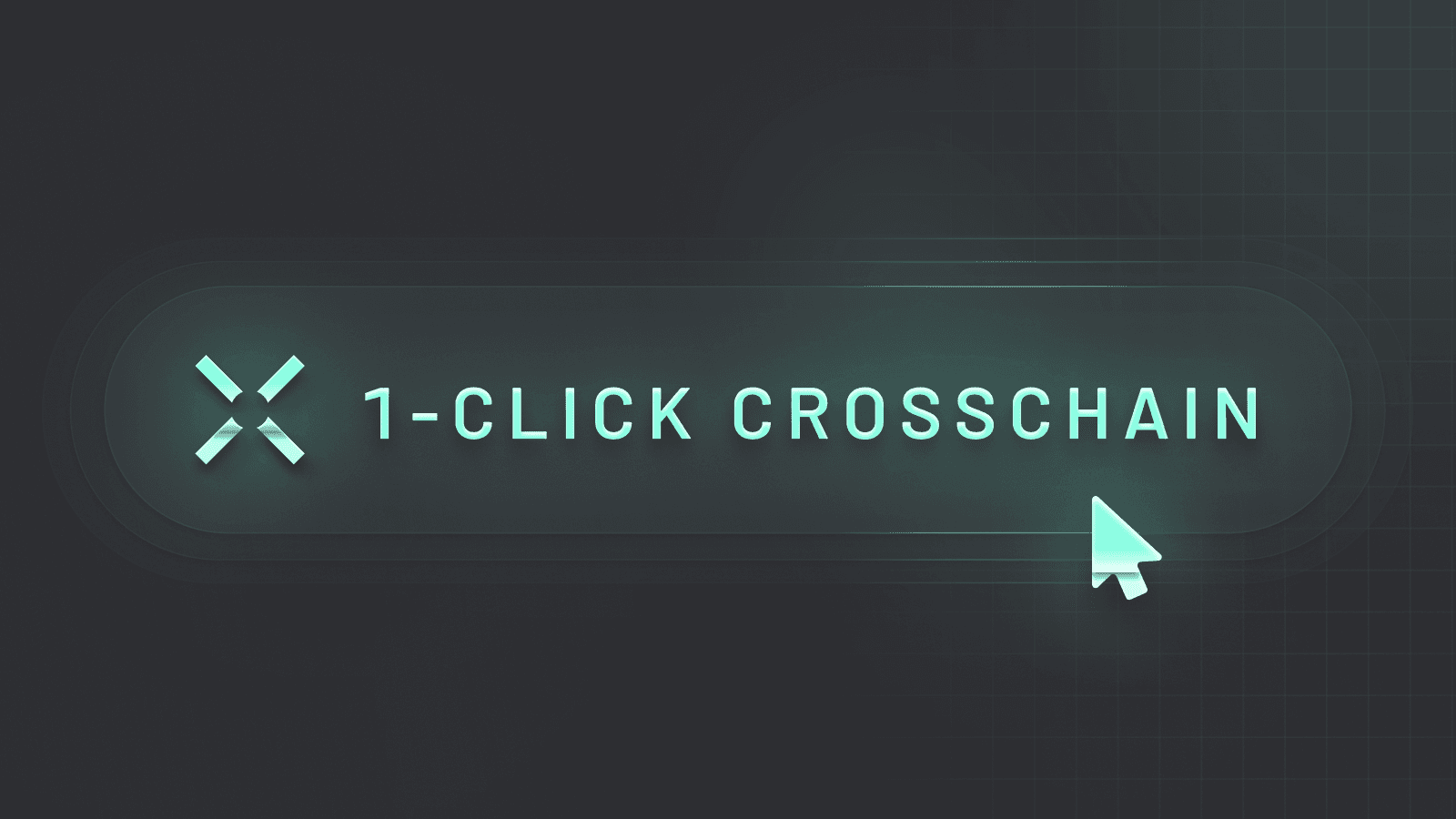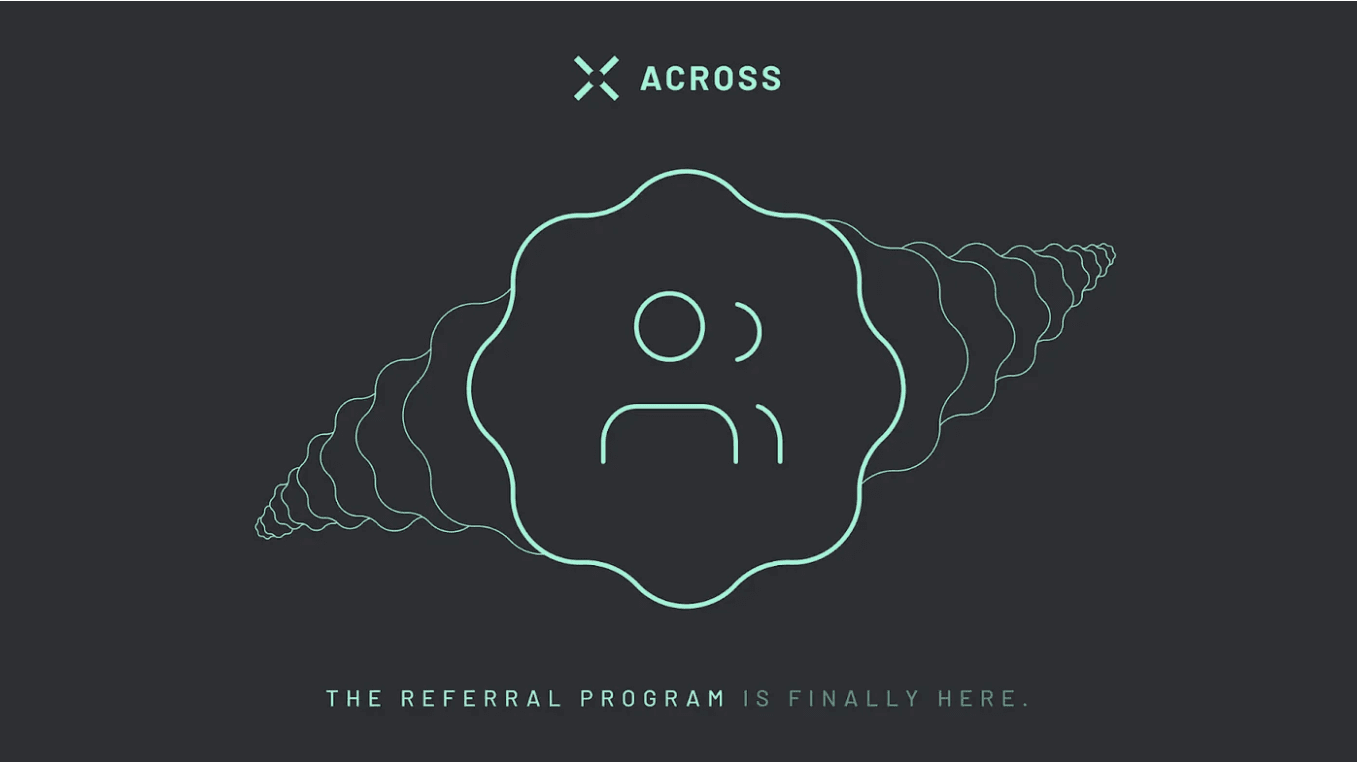tl;dr — Having a consistent bridge you can use in times of emergency is important. This has proven especially true in light of recent events. Across Protocol is able to provide consistent bridging with our hybrid pool/peer-peer design, access to pooled capital and our demand-based pricing model. This means that Across is able to perform large bridge transfers while other bridges are unable to because of a lack of liquidity.
Consistency is a topic that is wildly important in the DeFi space, specifically in regards to bridging. When we call Across a consistent bridge, we mean that liquidity is available for all sizes of transfers, consistently. This may seem a bit like a given to someone new to bridging, but during the most recent market-wide 15% price drop on the weekend of Jan 20th, a number of bridges were out of the running completely, unable to perform bridges of 50+ ETH and 500,000+ USDC.
This is where Across comes in. During said FUD event, we were able to perform bridge transfers of 500+ ETH and 1,000,000+ USDC during the entire occurrence, ensuring even the most FUD-dy had access to bridging.
“During recent ETH price volatility, Across was able to transfer 500 ETH, 100% of the time.”
— Korpi, Across Strategist
Now it’s time to *clap clap* nerd out!
We think it’s useful not only to understand why consistency is important, but also how Across is able to consistently perform these transactions.
1. Our hybrid pool/peer-to-peer design
Across is a hybrid system between peer-to-peer “lending” and “pooled lending.” This means that Across allows for individual relayers to instantaneously relay your tokens to your destination chain, but in the case that no individual relayer can cover the number of tokens sent, a relayer can submit your transaction to the pool and the tokens will be sent from the pool after a liveness period of 2 hours.
Uh, so why is this cool?
Well, this is especially cool because Across works even when no relayers are online, as you can relay your own transaction to the pool. As long as it isn’t disputed, you will receive your bridged capital after the liveness period.
2. Access to pooled capital
A (positive) side-effect of Across Protocol being a hybrid system is that even when there is not a single user with enough capital to successfully perform a bridge, Across will be able to aggregate capital from multiple liquidity providers. This improves our protocol’s ability to consistently perform large bridges in an effective manner.
With access to pooled capital, we’re able to provide better support for BIG transactions. Like, dinosaurs finding out about that incoming meteor, big.
3. Demand-based pricing
Across prides itself on providing extremely competitive prices during normal times, but during periods of really high bridge demand, it’s important to ensure that those with the most need to bridge have access to bridging capabilities.
Really big emergency occurring? Funds about to be liquidated? Muffin man demanding all of your ETH?* Across is the bridge that’s going to save the day (and maybe even your whole year depending on the size of the emergency).
To expand a bit more on our nerd lingo, we use a pricing model similar to AAVE’s interest rate-setting mechanism. This means that when a lot of users are bridging, causing the pool utilization to increase, the price of bridging also increases. This is meant to discourage use when our pool liquidity is low so that only people who need the bridge the most use it.
All of this allows us to be the best cross-chain bridge when it comes to consistency.
By utilizing our hybrid pool/peer-to-peer design, access to pooled capital and demand-based pricing, we help our bridgers feel at ease when they need to transfer between chains, even during significant events like a crash. As proven by the most recent crash, when other bridges can’t, Across can. Happy bridging!
Special thanks to our Data and Economics Lead, Chase Coleman, for his contributions to this article.
*Never send funds to the Muffin Man. He is an overall shady character.
- Written by Lana Foglio

Across Protocol is an intents-based interoperability protocol, capable of filling and settling cross-chain intents. It is made up of the Across Bridge, a powerfully efficient cross-chain transfer tool for end users, Across+, a chain abstraction tool that utilizes cross-chain bridge hooks to fulfill user intents and Across Settlement, a settlement layer for all cross-chain intent order flow. As the multichain economy continues to evolve, intents-based settlement is the key to solving interoperability and Across is at the core of its execution.





